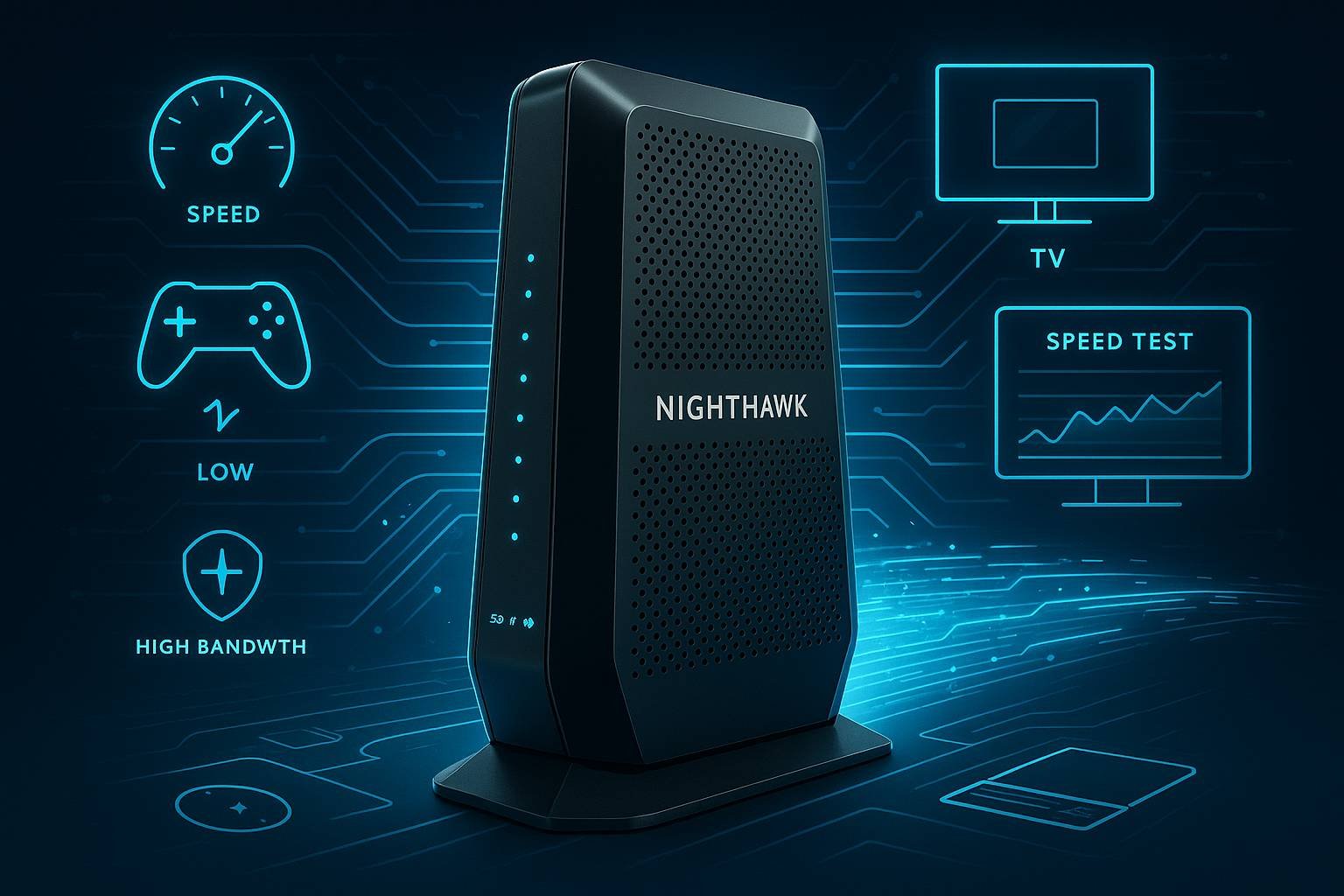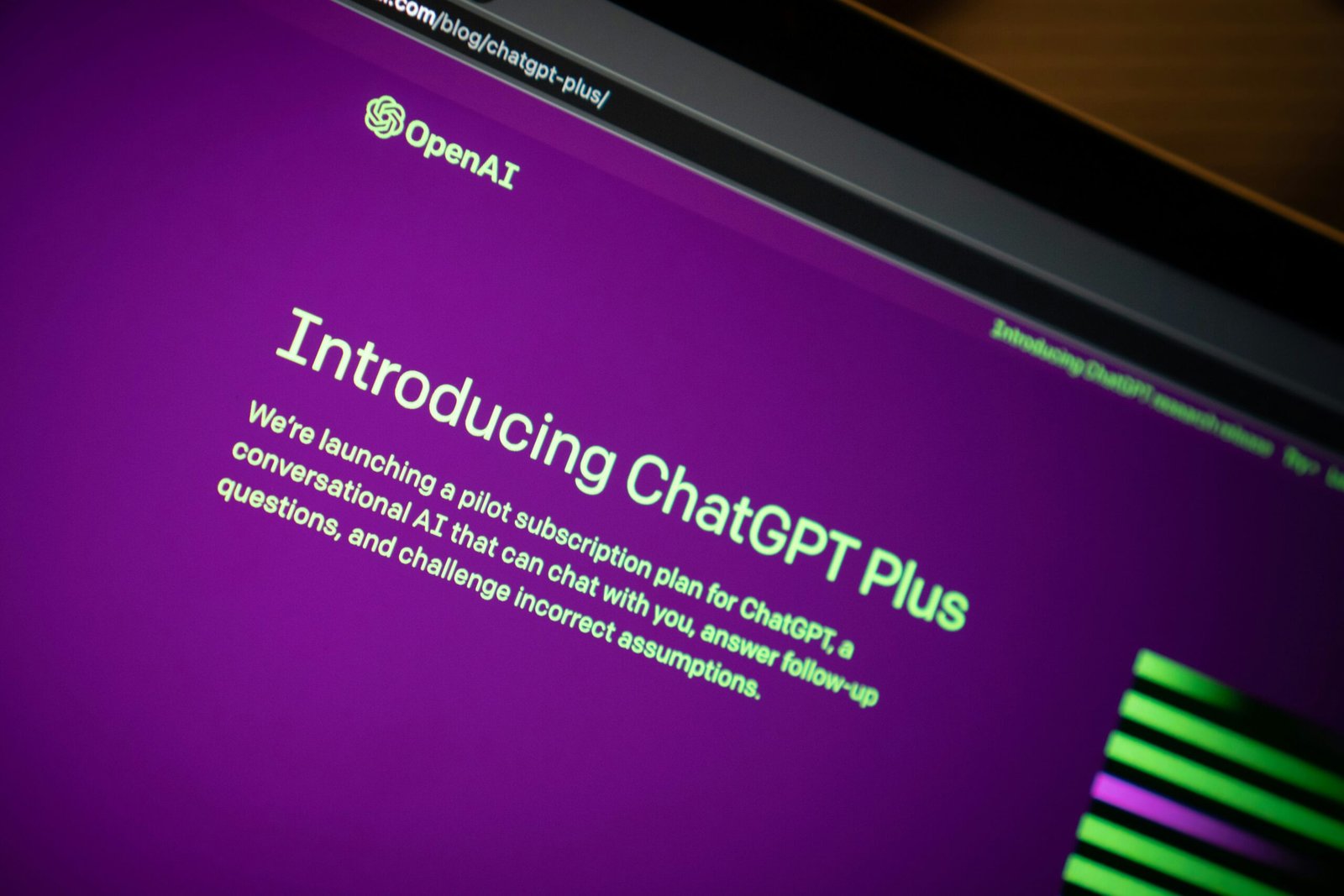Understanding the Threat: Image-Based Malware and Generative AI in Email Security
Cybercriminals are rapidly evolving their tactics, combining image-based malware and Generative AI (GenAI) to bypass traditional email security defenses. According to HP Wolf Security’s Q3 2024 Threat Insights Report, these sophisticated techniques have allowed attackers to breach even advanced cybersecurity measures, making it critical for organizations to rethink their defense strategies.
How Image-Based Malware Evades Detection
Attackers are now embedding malicious code within image files, making detection far more difficult. Traditional security tools like email gateways and web proxies often fail to recognize threats in seemingly benign image formats.
Key Examples of Image-Based Malware
- VIP Keylogger
- Disguised in image files and spread through phishing emails posing as invoices or purchase orders.
- Records keystrokes, extracts credentials, and captures screenshots.
- Gains persistence by modifying the Windows Registry.
- 0bj3ctivityStealer
- Targets sensitive data such as passwords and credit card information.
- Uses a malicious JavaScript file to download an image containing Base64-encoded malware, which is then executed.
By hiding malware within images, attackers effectively bypass signature-based detection tools and exploit user trust in common file types.
Generative AI: A New Weapon for Cybercriminals
HP Wolf researchers identified that Generative AI (GenAI) is being used to craft more convincing malware delivery mechanisms, particularly through HTML smuggling campaigns.
XWorm Malware Delivered via AI-Generated HTML
- XWorm is a versatile malware often used for remote access and data theft.
- Attackers leveraged GenAI to create malicious HTML files that appeared legitimate but were designed to bypass security tools.
- The HTML files contained detailed code comments, a hallmark of GenAI-generated content.
- When opened, the HTML file deployed hidden malicious payloads.
Why GenAI Increases Threat Complexity
- Scalability: GenAI allows attackers to generate countless malware variants, making detection harder.
- Customization: AI-generated emails and websites can be highly personalized, increasing success rates for phishing campaigns.
- Speed: Threat actors can deploy sophisticated attacks faster with GenAI assistance.
Diversified Malware Delivery Tactics
Attackers are blending multiple tactics to increase their chances of success. HP Wolf found that 11% of email threats bypassed security scanners due to these evolving techniques.
Most Common Malware Delivery Methods in Q3 2024
- Executables (40%) – Standalone malicious programs.
- Archive Files (34%) – Formats like .zip, .gz, and rising use of .lzh files targeting specific regions.
- PDF Files (9%) – Often used for phishing or delivering hidden malware.
- Microsoft Office Files (8%) – DOCX and XLSX files with embedded macros.
- Web Downloads (28%) – A growing vector for malware distribution.
These trends show a deliberate shift by cybercriminals to diversify attack vectors and exploit weak points in security systems.
Why Traditional Email Security Is Failing
1. Static Detection Systems Are Outdated
Signature-based and heuristic detection methods struggle to identify obfuscated malware hidden in image or HTML files.
2. Human Error Remains a Key Entry Point
Social engineering tactics, combined with realistic GenAI-crafted messages, deceive even well-trained employees.
3. Inadequate Threat Intelligence Sharing
Slow or siloed sharing of threat intelligence gives attackers a window of opportunity to exploit vulnerabilities.
How to Strengthen Cybersecurity Defenses
Organizations must adopt a multi-layered cybersecurity strategy to stay ahead of these sophisticated threats.
1. Advanced Threat Detection Tools
- Implement AI-driven security solutions to detect hidden malware in uncommon formats.
- Use behavior-based detection rather than relying solely on signature-based tools.
2. Sandboxing and Deep File Inspection
- Analyze files in isolated environments before they reach end users.
- Inspect image and archive files for embedded malware.
3. Employee Training and Awareness
- Regularly train staff to recognize phishing attempts, especially those involving unfamiliar file types.
- Emphasize caution with unexpected emails containing images or HTML attachments.
4. Zero Trust Security Models
- Adopt a Zero Trust approach to limit access and verify every connection within the network.
5. Regular Security Audits
- Conduct frequent audits and penetration tests to identify vulnerabilities.
Looking Ahead: The Future of Cyber Threats
As Generative AI becomes more advanced, the cybersecurity landscape will face even more complex challenges. While there’s no confirmed evidence that GenAI is being used to create actual malware code today, experts warn that it’s only a matter of time.
Organizations need to prioritize proactive security measures and stay informed about emerging threats to defend against evolving cyberattack strategies.
FAQs
1. What is image-based malware?
Image-based malware hides malicious code within image files to bypass traditional detection systems, exploiting file formats typically seen as safe.
2. How are attackers using GenAI in cyberattacks?
Attackers use GenAI to craft more convincing phishing emails, generate malicious HTML files, and scale their malware delivery operations.
3. Why are traditional email security tools failing?
Many rely on signature-based detection, which struggles to catch obfuscated malware hidden in images, archives, or GenAI-generated content.
4. What is HTML smuggling?
HTML smuggling involves hiding malware within HTML files, allowing it to bypass security measures and execute malicious code on the victim’s machine.
5. How can organizations protect against these threats?
Deploy advanced threat detection tools, use sandboxing, educate employees, and adopt a Zero Trust security model.
6. Is GenAI being used to create malware?
Currently, GenAI assists in crafting delivery mechanisms for malware, but future developments could see it used for coding malware itself.
Discover more at InnoVirtuoso.com
I would love some feedback on my writing so if you have any, please don’t hesitate to leave a comment around here or in any platforms that is convenient for you.
For more on tech and other topics, explore InnoVirtuoso.com anytime. Subscribe to my newsletter and join our growing community—we’ll create something magical together. I promise, it’ll never be boring! 🙂
Stay updated with the latest news—subscribe to our newsletter today!
Thank you all—wishing you an amazing day ahead!







